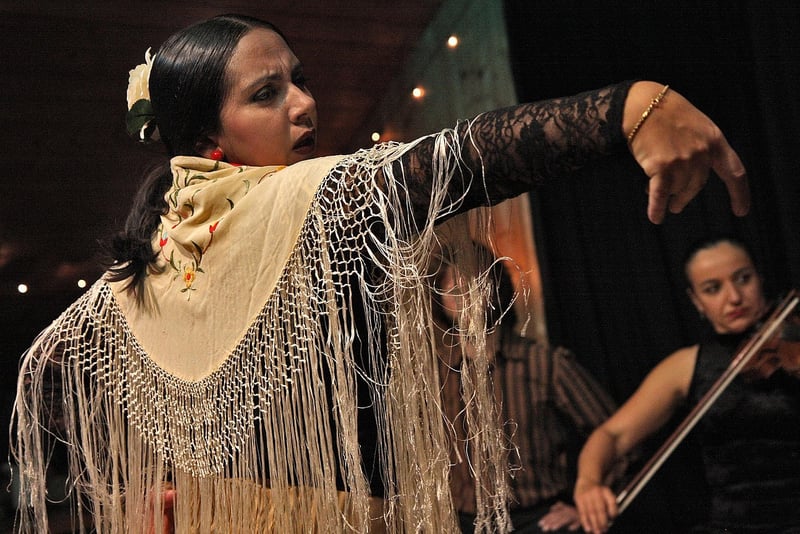Latin Dance
The Art of Expressive Movement in Latin Dance
Latin dance is not just about intricate steps and rhythmic beats; it is a form of art that allows individuals to express themselves through movement. Combining the passion and energy of Latin music with the fluidity and grace of dance, this art form captivates both dancers and spectators alike.
Expressive Movement in Latin Dance
Expressive movement in Latin dance goes beyond mere steps; it involves conveying emotions, stories, and cultural elements through body language. From the sensual movements of the salsa to the fiery footwork of the flamenco, each dance style has its unique way of expressing feelings and narratives.
The Power of Body Language
Body language plays a crucial role in Latin dance, with every gesture and posture communicating a message. Whether it's the intensity of a tango embrace or the joy exuded in a samba step, dancers use their bodies to convey a wide range of emotions, creating a powerful connection with their audience.
Embracing Cultural Heritage
Latin dance is deeply rooted in culture, with each movement reflecting the traditions and history of its origins. From the elegance of the waltz in Viennese ballroom dance to the vibrant rhythms of the mambo in Cuban salsa, dancers pay homage to their heritage through every step they take.
Benefits of Expressive Movement
Engaging in expressive movement through Latin dance offers a plethora of benefits, both physical and emotional. It allows individuals to release stress, improve flexibility, and boost self-confidence while also fostering creativity and emotional expression.
Experience the Magic of Latin Dance
Whether you're a seasoned dancer or a complete beginner, exploring the world of Latin dance can be a transformative experience. So put on your dancing shoes, feel the rhythm of the music, and let your body express what words cannot!

Image source: Pixabay
